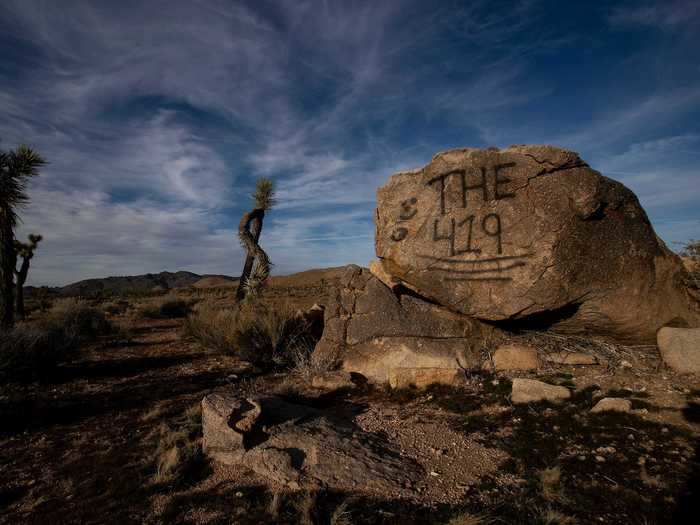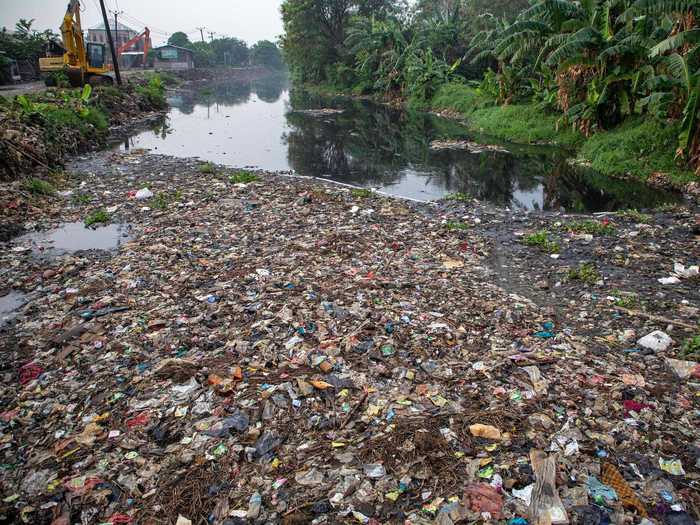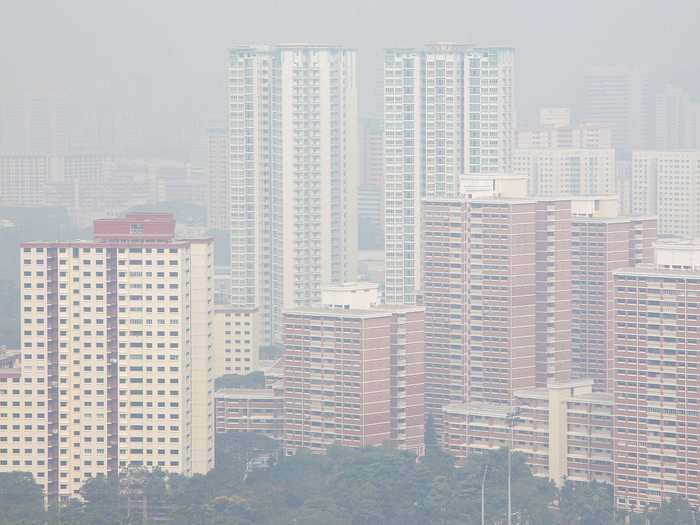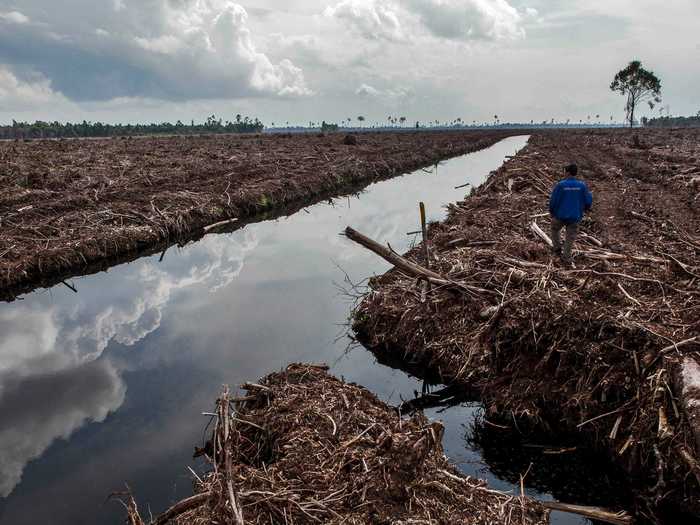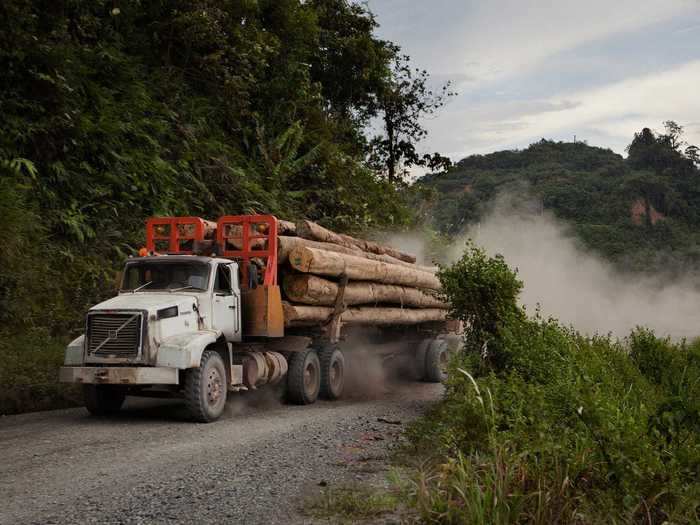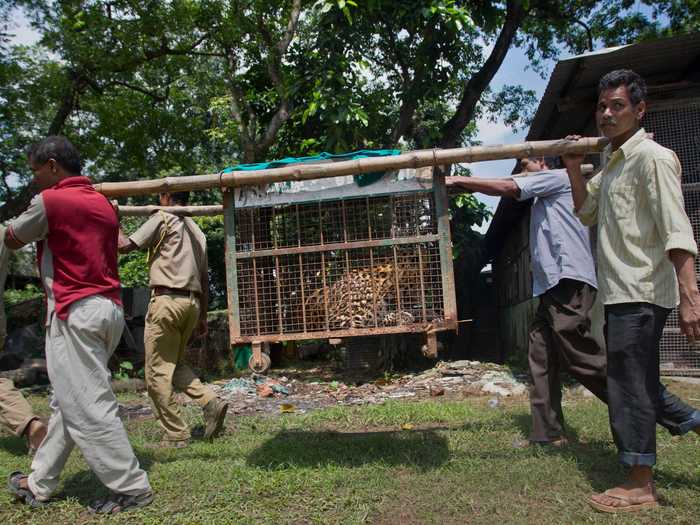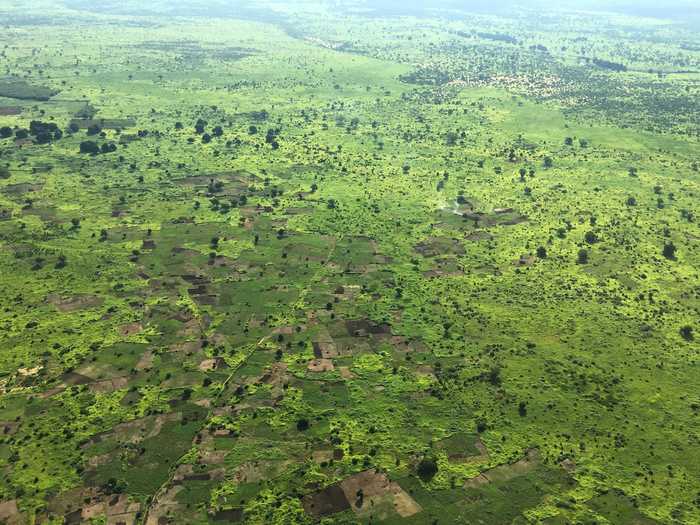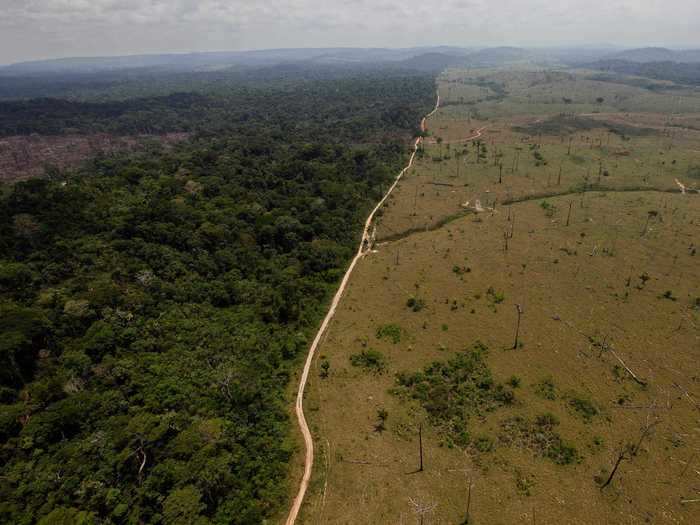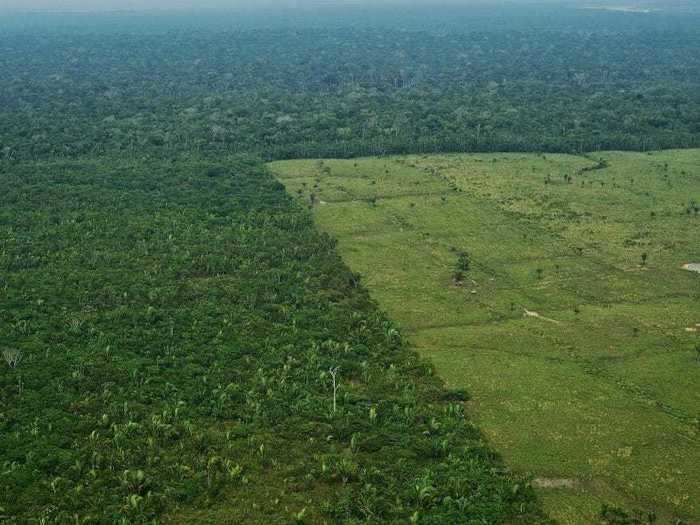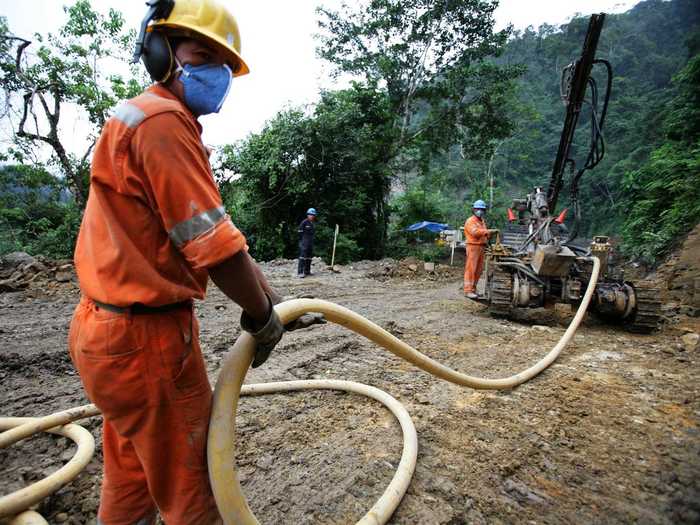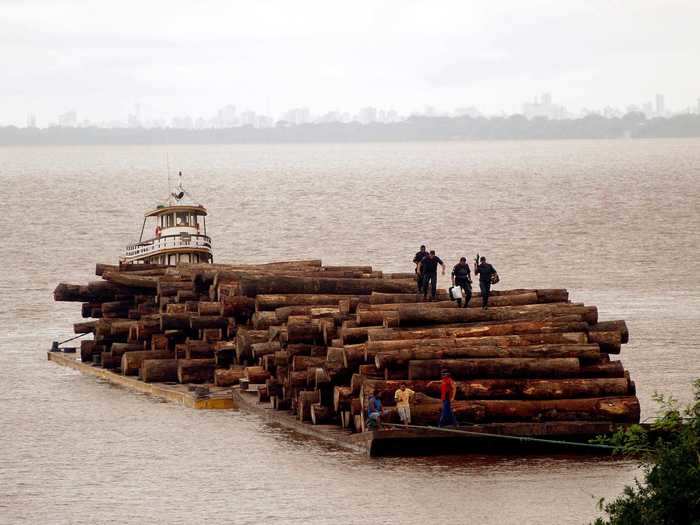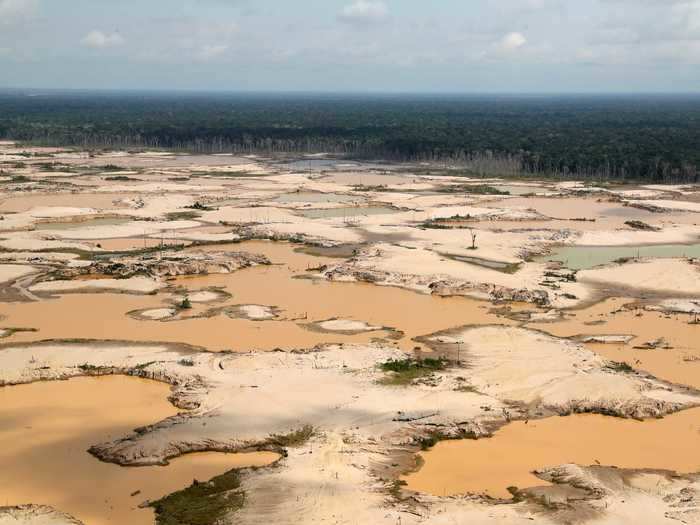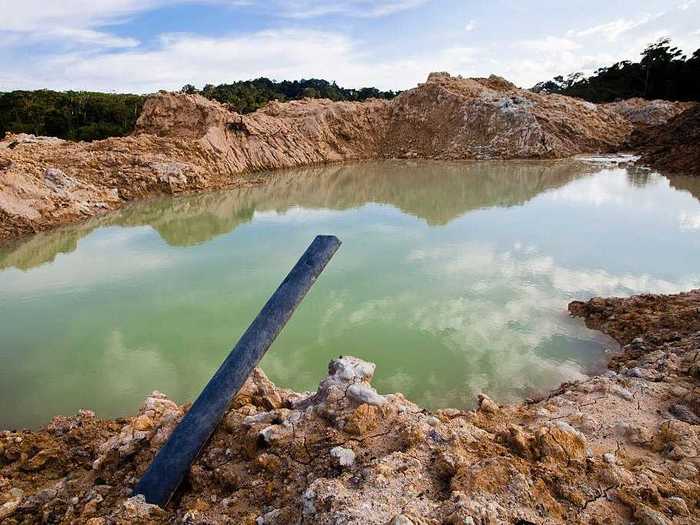Deforestation in action.Andre Penner, File/AP
- Illegal logging and mining in the Amazon rain forest cause drastic levels of deforestation.
- Disappearing forests push endangered wildlife into populated areas.
- Deliberately burning forests to develop the land can cause heavy air pollution.
- Visit Insider's home page for more stories.
Every year, 18.7 million acres of forest disappear, according to the World Wildlife Fund.
In 2019, the Brazilian Amazon burned at a record rate. Some of these fires were started by farmers and loggers seeking to use Amazonian land for industrial or agricultural purposes. But deforestation, pollution, climate change, and old fashioned human carelessness are wreaking havoc on many of the world's forests, not just the Amazon.
Here are 13 photos that show just how much our forests have changed.
Read the original article on
Insider
During the 2019 government shutdown, Joshua Tree National Park in California suffered damage that could take centuries to recover from.
Graffiti on a rock inside Joshua Tree.
Gina Ferazzi/Los Angeles Times via Getty Images
Human carelessness is also a factor in damage to forests, such as the garbage dump in Indonesia's Pisang Batu River.
The Pisang Batu River covered in trash.
Donal Husni/NurPhoto via Getty Images
Deforestation can have serious environmental consequences.
Haze from forest fires in Queenstown, Singapore.
Nicky Loh/Getty Images
Indonesia's forest is a quarter of the size of the Amazon, but it lost more hectares of forest in 2012.
A clearing in Riau province, Sumatra, Indonesia.
Ulet Ifansasti/Getty Images
Borneo, Malaysia, has lost half of its forest cover at a rate of 1.3 million hectares per year, according to the World Wildlife Fund.
A truck hauls fresh timber from mountainous terrain in the Limbang area of Sarawak, Borneo. Once covered with forest, the area has been devastated by more than two decades of government approved logging.
Yvan Cohen/LightRocket via Getty Images
As more of India's forests disappears, wildlife is being pushed into populated areas.
Wildlife wanders into populated areas when there's not enough forest.
Anupam Nath/AP
In 2017, Indian forest guards removed a leopard from a residential area at the state zoological park in Guwahati, Assam.
It's not just the Amazon rain forest experiencing deforestation. Sudan lost 8.4% of its forest cover between 1990 and 2010.
Scattered trees dot once densely forested land in South Sudan.
Sam Mednick/AP
Brazil's president, Jair Bolsonaro, has expressed plans to cut down more of the Amazon, prompting concerns from scientists and indigenous communities.
A deforested area near Novo Progresso in Brazil's northern state of Para.
Andre Penner, File/AP
Farmers illegally clear patches of the rain forest to grow more crops and graze more livestock.
An aerial view of deforestation in the Western Amazon region of Brazil.
Carl de Souza/AFP/Getty Images
The Interoceanic Highway connecting Peru and Brazil through the Amazon rain forest was built for economic growth, but has resulted in drastic deforestation.
The Interoceanic Highway during construction in 2007.
Brent Stirton/Getty Images
In Brazil, illegal logging fuels rapid deforestation.
Brazilian police guard a raft loaded with confiscated logs that were illegally cut from the Amazon rain forest.
Renato Chalu/AP
Illegal gold mining in Peru has wreaked havoc on its forests.
An aerial view of a deforested area of the Amazon jungle due to illegal mining.
Guadalupe Pardo/Pool/Reuters
Parts of the Amazon rain forest contain ponds of dirty water left over from hydraulic mining.
The aftermath of hydraulic mining.
Ricardo Funari/Brazil Photos/LightRocket via Getty Images
Hydraulic mining uses high-pressure water jets to dislodge rocks and sediment. At Agua Branca gold mining village in Pará, Brazil, the leftover mud forms murky pools.

